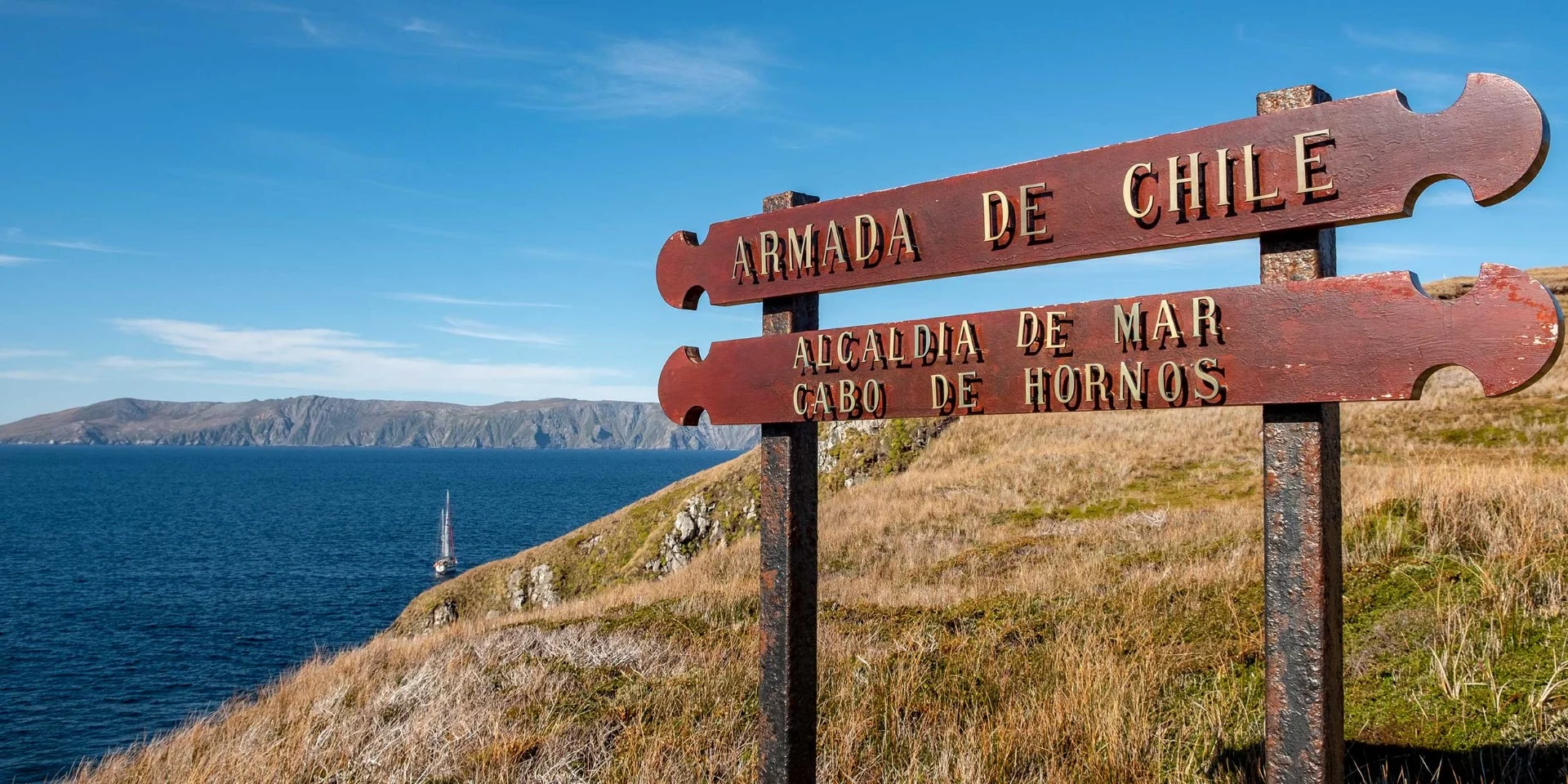Cape Horn’s History
Cape Horn is hugely significant in human history. Its discovery opened up trade routes and broke up monopolies. While it’s not South America’s southernmost island, it’s the southernmost point of the Tierra del Fuego archipelago of southern Chile.
3 mins read
It marks the point where the open waters of the Atlantic and Pacific Oceans meet, meaning that ships can sail around the South American continent without making use of privately controlled passages.
Cape Horn’s history is full of human endeavor and bravery, as sailors sought to push the limits of human achievement.
Origins
Cape Horn was discovered in 1616 by navigator Willem Schouten, captain of the "Eendracht" on a voyage funded by Isaac Le Maire. They named it Kap Hoorn, after their hometown. Schouten and his crew were the first to round Cape Horn intentionally, although a number of European sailors may have discovered it by accident, most notably Englishman Sir Francis Drake and Spaniard Francisco de Hoces. The area between Cape Horn and the South Shetland Islands of Antarctica is thus known as Drake’s Passage by English historians and Mar de Hoces by some Spanish and Latin American historians.
Impact on trade
The discovery of Cape Horn and the Drake Passage significantly impacted world trade. Ships no longer had to pass through controlled passages such as the Strait of Magellan. Indeed, Schouten was motivated to discover Cape Horn due to quarrels between his company and the Dutch East India Company, which controlled the Strait of Magellan and the Cape of Good Hope.
Cape Horn became the main route for ships traveling from Europe to East Asia, or from one coast of the United States to the other. Although passages around Cape Horn were extremely dangerous, killing an estimated 10,000 seamen between its discovery and the twentieth century, it was still preferable to other routes, such as passing through the Strait of Magellan. A monument to those who lost their lives rounding Cape Horn was unveiled in 1992.
The Panama Canal
The Panama Canal’s creation was a significant moment in Cape Horn’s history, costing the passage much of its former traffic around the continent. The Panama Canal simply offered a much quicker route through Central America to East Asia, or from one side of the United States to another. Some ships were too large to fit through the Panama Canal, but ship designs were soon adapted, and nowadays no regular commercial trade routes ply around the Horn.
The present day
The present-day significance of Cape Horn has more to do with sports and tourism than trade. Rounding Cape Horn is said to be the nautical equivalent of reaching Mount Everest’s summit. It’s also considered part of the fastest route to sailing around the world.
Much of the rest of the activity around Cape Horn now involves tourism. The 400th anniversary of the discovery of Cape Horn was celebrated with a parade of sails around Hornos Island, where the cape is located, in 2016; going around Cape Horn is now the most popular route for cruises in South America.
Armed with these facts, perhaps you’d like to add your name to Cape Horn’s history by making a trip yourself.
